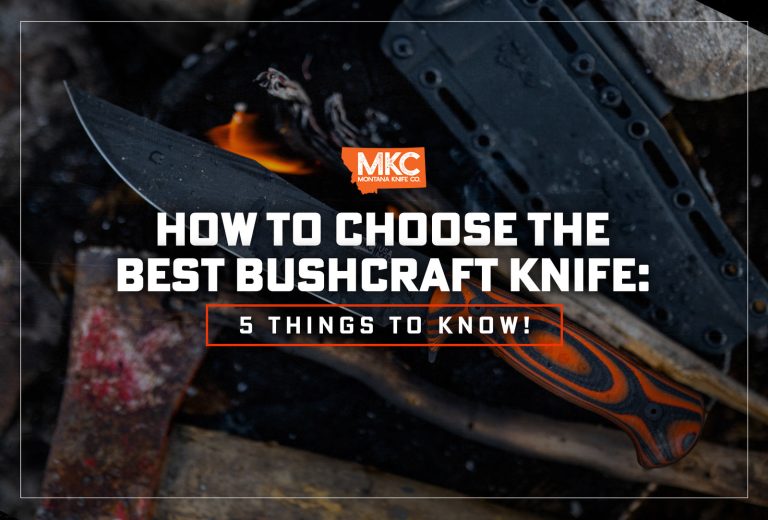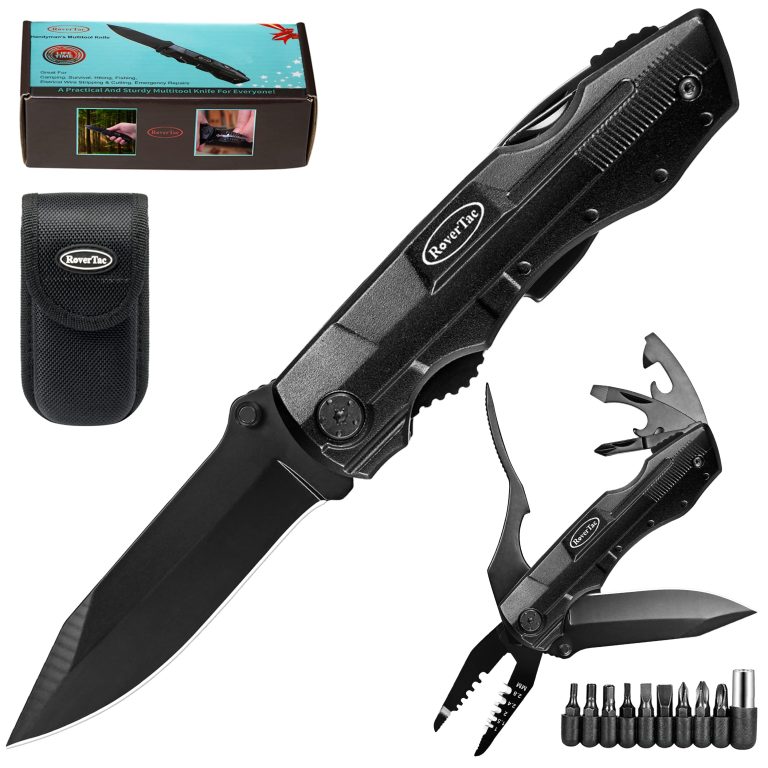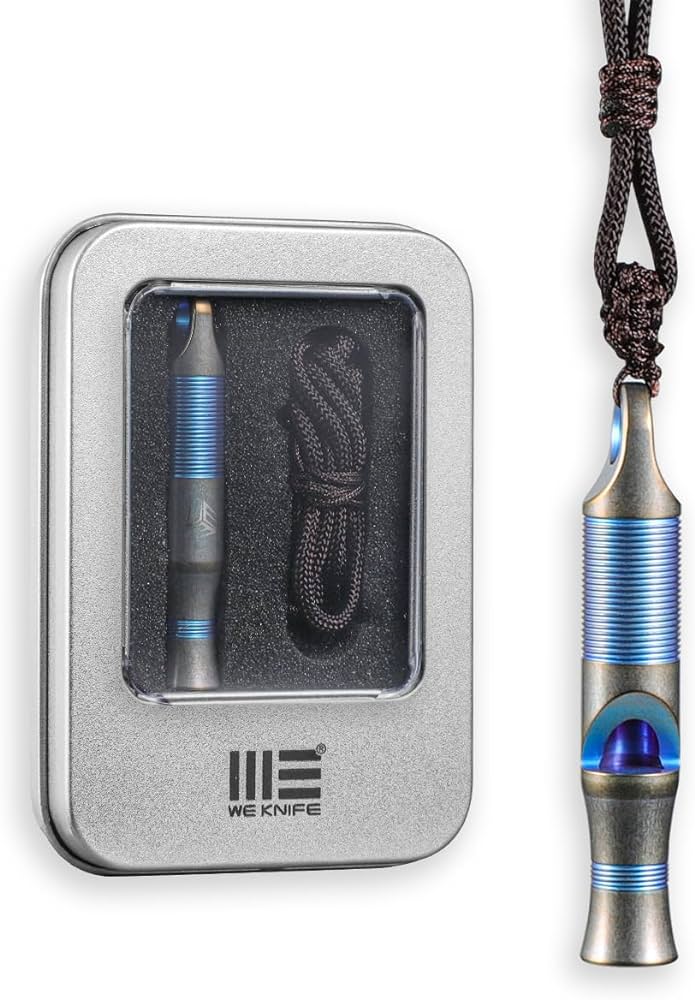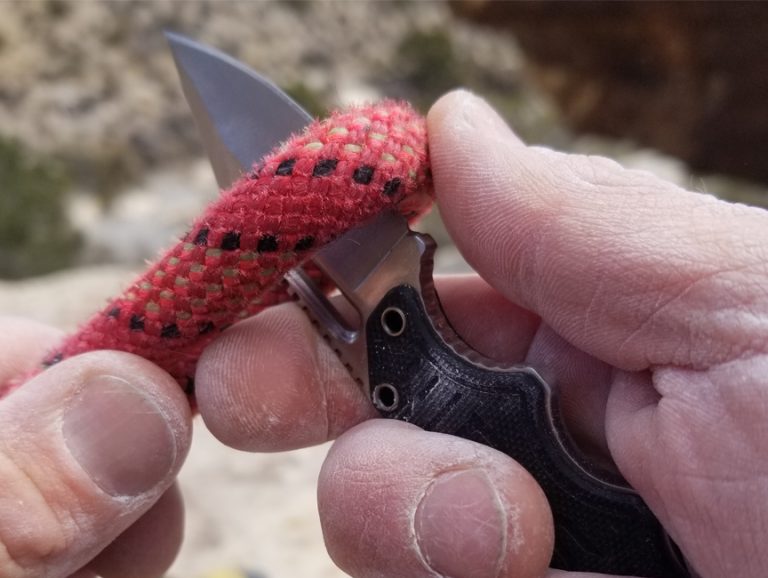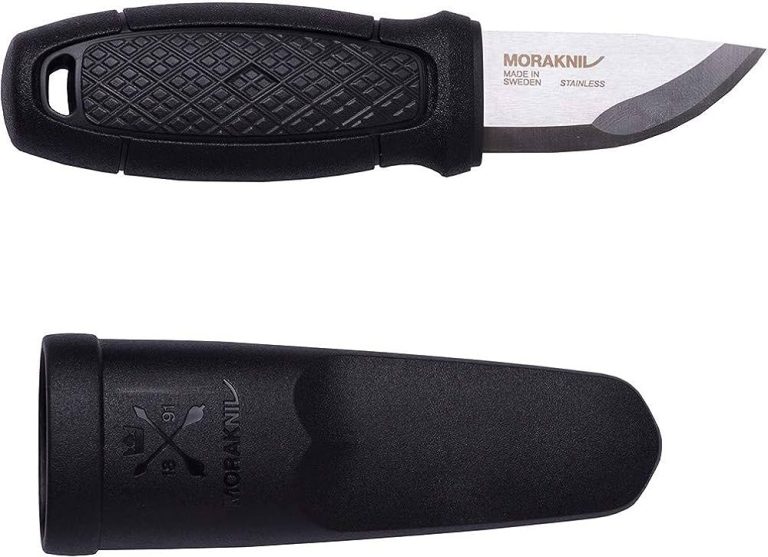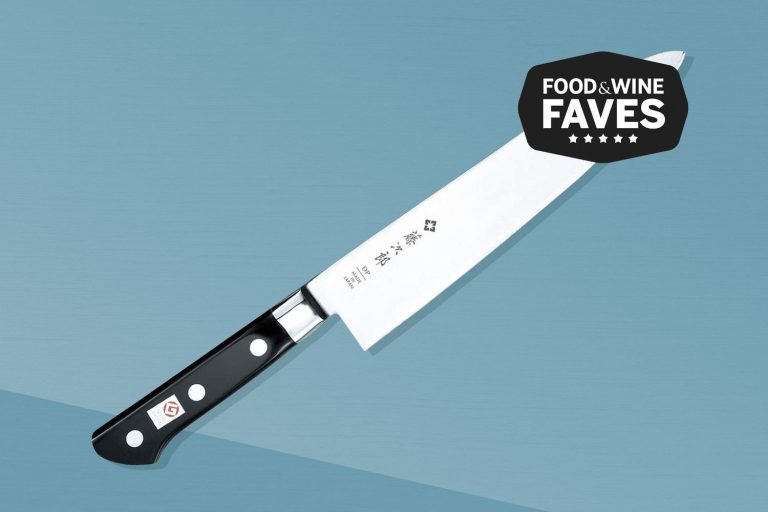How to Get Rust off a Knife
Remove rust from a knife by scrubbing with a mixture of vinegar and baking soda. Rust on a knife can be unsightly and compromise its performance.
Luckily, there is an easy and cost-effective way to remove rust and restore your knife’s functionality. One effective method is to create a DIY solution by combining white vinegar and baking soda. This mixture creates a gentle abrasive that will help to dislodge the rust without damaging the knife blade.
By scrubbing the affected areas with a toothbrush dipped in the solution, you can gradually eliminate the rust and reveal a clean, corrosion-free surface. Follow these steps to get rid of rust and prolong the life of your knife.
Understanding The Problem: Why Does Rust Form On Knives?
Understanding the Problem: Why Does Rust Form on Knives?
Rust formation on knives is a common problem that can affect their performance and durability. Several factors contribute to the formation of rust on knife blades, and understanding these factors is crucial in effectively removing the rust and preventing its recurrence.
- Moisture and humidity: Exposing knives to moisture, high humidity, or water without proper drying increases the chances of rust formation.
- Prolonged exposure to air: Oxygen in the air reacts with the metal, leading to the formation of rust.
- High carbon content: Carbon steel knives are prone to rusting due to their high carbon content.
- Improper storage: Storing knives in damp, humid, or acidic environments can accelerate rust formation.
Rust negatively impacts the performance and longevity of knives. It can dull the blade, hinder its cutting ability, and create an unhygienic surface. Rust can also weaken the metal, making the knife more susceptible to damage or breakage. Removing rust promptly and adopting preventive measures are crucial for maintaining the sharpness, functionality, and lifespan of your knives.
Assessing The Rust Damage: Identifying The Severity Of Rust
Assessing the rust damage on a knife is crucial to determine the severity and appropriate cleaning method. Start by inspecting the surface of the knife for any visible signs of rust. Look for discolored patches, rough textures, or pitting. These are indications of severe rust damage.
If the rust is superficial and only affects the outer layer, it can be easily removed with mild abrasives like baking soda or toothpaste. However, if the rust has penetrated deeper, it may require more intensive cleaning methods.
Abrasives like steel wool or sandpaper can be used to remove moderate rust damage. Remember to always work in the direction of the knife’s grain to avoid causing further damage. For stubborn rust, you can also try using a rust remover solution or vinegar.
It is important to note that severe rust damage may not be reversible, especially if it has caused significant structural damage to the knife. In such cases, it is best to consult a professional for repair or consider replacing the knife altogether.
Preparation: Gathering The Necessary Tools And Materials
Gathering the necessary tools and materials is crucial for effectively removing rust from a knife. Here is a list of the items you will need:
- White vinegar
- Baking soda
- Toothbrush
- Paper towels
- Rust eraser
- Fine grit sandpaper
- Rust remover solution
- Protective gloves
- Protective eyewear
These items can be found in local hardware stores or online. When purchasing, ensure that the items are of good quality and suitable for rust removal. It is important to have all the necessary tools and materials ready before starting the rust removal process.
Method 1: Using Natural Household Items
Introduction to natural rust removal solutions: One effective method for getting rust off a knife is by using natural household items. These solutions are not only effective but also safe for both you and your knife. One common household item you can use is vinegar. Vinegar’s acidic properties help break down the rust on the knife. To use vinegar, simply soak the knife in a bowl filled with vinegar for a few hours. Afterward, scrub the rust off using a brush or sponge. Another effective option is baking soda. Mix baking soda with water to form a thick paste, then apply it to the rusted areas. Let it sit for a while before scrubbing off the rust. To achieve optimal results, make sure to thoroughly rinse and dry the knife after rust removal. By following these natural solutions, you can easily get rid of rust on your knife.
Method 2: Mechanical Rust Removal
For rust removal from a knife, one effective method is mechanical rust removal. This technique involves the use of sandpaper or steel wool to gently scrub away the rust and restore the knife’s surface.
Before starting the process, it is essential to consider safety precautions. Use protective gear, such as gloves and goggles, to avoid injury. Work in a well-ventilated area and keep the knife secured to prevent accidents.
When removing rust using sandpaper, start with a coarse grit to remove the bulk of the rust. Gradually move to finer grits for a smoother finish. Ensure to remove all traces of rust from the knife’s surface and be careful not to scratch the blade.
Steel wool can also be used for rust removal. Gently rub the knife’s surface with the steel wool, applying light pressure. This helps to remove rust particles and restore the knife’s shine.
Remember to keep the knife clean and dry after the rust removal process to prevent further corrosion. Regular maintenance and storing knives in a dry environment can help prevent rust in the future.
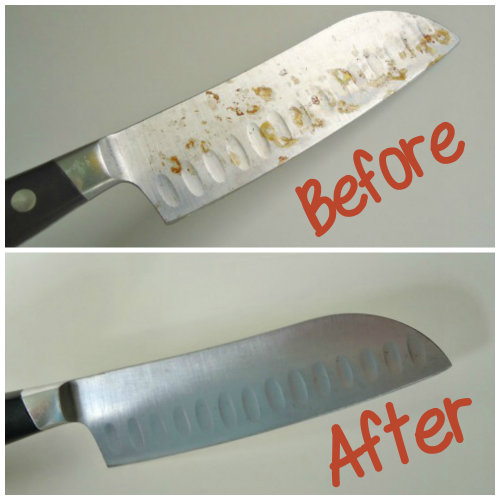
Credit: www.themakeyourownzone.com
Method 3: Chemical Rust Removal
Chemical rust removal is another effective method for getting rust off a knife.
By using commercial rust removers, you can quickly and easily restore your knife’s sharpness and appearance.
These rust removers are specifically designed to dissolve and remove rust, making the process convenient and hassle-free.
When using store-bought products, follow these steps for optimal results:
- Prepare the knife: Make sure the knife is clean and dry before applying the rust remover.
- Apply the rust remover: Follow the instructions on the product label to apply the rust remover to the affected areas of the knife.
- Let it sit: Allow the rust remover to sit on the knife for the recommended amount of time. This will give it sufficient time to break down the rust.
- Scrub the knife: Use a soft-bristled brush or sponge to gently scrub away the loosened rust. Be careful not to scratch the knife’s surface.
- Rinse and dry: Thoroughly rinse the knife with water to remove any remaining rust remover. Dry it completely to prevent further oxidation.
There are several recommended brands and products available, such as XYZ Rust Remover and ABC Rust Dissolver, which are known for their effectiveness in rust removal.
Preventing Future Rust Formation
Proper knife care is essential to prevent rust formation. By following these tips, you can keep your knives rust-free and in top condition:
1. Clean and dry: After each use, thoroughly clean the knife with mild soap and water. Make sure to dry it completely to remove any moisture that may lead to rust.
2. Store in a dry place: Choose a storage option that minimizes exposure to moisture. Avoid leaving knives in the sink or dishwasher, as these environments are prone to humidity.
3. Use a knife block or sheath: Keep your knives protected in a knife block or sheath to prevent contact with other metallic objects, which can cause rust. This also helps to maintain the sharpness of the blade.
4. Oil the blade: Regularly apply a thin layer of food-grade mineral oil to the blade to create a protective barrier against moisture. This is especially important if you’re storing the knives for an extended period.
5. Avoid harsh cleansers: Using abrasive cleansers or steel wool can damage the knife’s surface and increase the likelihood of rust formation. Stick to gentle cleaning methods.
6. Regular maintenance: Check your knives periodically for any signs of rust or damage. If you notice any, address the issue immediately by gently removing the rust with a rust eraser or fine-grit sandpaper.
Final Thoughts: Restoring Your Knife To Its Former Glory
Recap of the rust removal methods discussed:
- Lemon Juice and Salt: A simple yet effective method where you combine lemon juice and salt to form a paste and rub it onto the rusty knife. Let it sit for a few minutes before scrubbing and rinsing.
- Vinegar Soak: Soak the knife in vinegar for a few hours to dissolve the rust. Scrub it gently with a sponge or toothbrush and rinse thoroughly.
- Baking Soda and Water: Create a paste using baking soda and water, apply it on the rusted areas, and let it sit for a while. Scrub gently and rinse with water.
- Coca-Cola Soak: Submerge the knife in Coca-Cola for a few hours, then scrub off the rust stains using a soft cloth or sponge.
- Oxalic Acid: A more potent option, you can soak the knife in a solution of oxalic acid crystals and water. Remember to wear protective gloves and follow the instructions carefully.
- Preventing Future Rust: After removing the rust, ensure your knife stays rust-free by drying it thoroughly after each use, applying a thin coat of oil, and storing it in a dry place.
Additional resources for knife maintenance and restoration:
If you want to delve deeper into knife maintenance and restoration, there are several resources available:
- Online tutorials: Many websites and video platforms offer detailed tutorials on knife care and restoration.
- Books: Explore books written by experts in the field, covering topics such as knife maintenance techniques and historical knife restoration.
- Forums and communities: Join online communities where knife enthusiasts share their experiences, tips, and advice on maintenance and restoration.
- Local knife shops: Visit local knife shops and talk to experts who can provide personalized guidance and recommendations.
With these methods and resources at your disposal, you can easily remove rust from your knife and restore it to its former glory.
Conclusion
Removing rust from a knife is a simple yet important task to maintain its functionality and longevity. By following the steps outlined in this post, you can effectively eliminate rust and restore your knife to its former glory. Start by assessing the extent of the rust and selecting the appropriate materials for the job.
Using household items like vinegar, lemon juice, or baking soda can still yield impressive results. Remember to exercise caution when handling knives and to always prioritize safety. In addition, adopting regular cleaning and maintenance habits can prevent rust from forming in the first place.
Whether you’re a professional chef or an avid camper, keeping your knives rust-free is essential for optimal performance. So, take a proactive approach and give your knives the care they deserve, ensuring they stay sharp, rust-free, and ready for any task.

